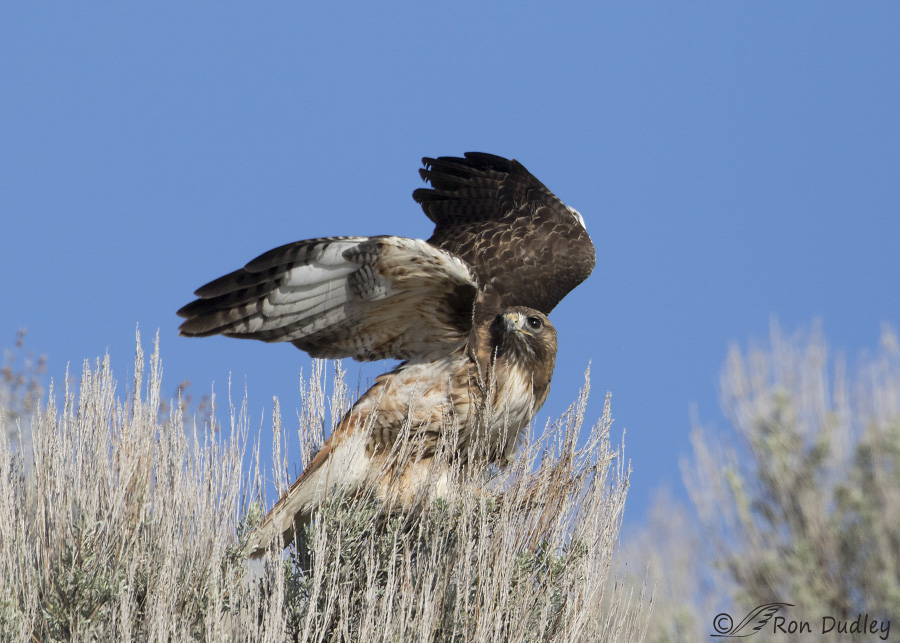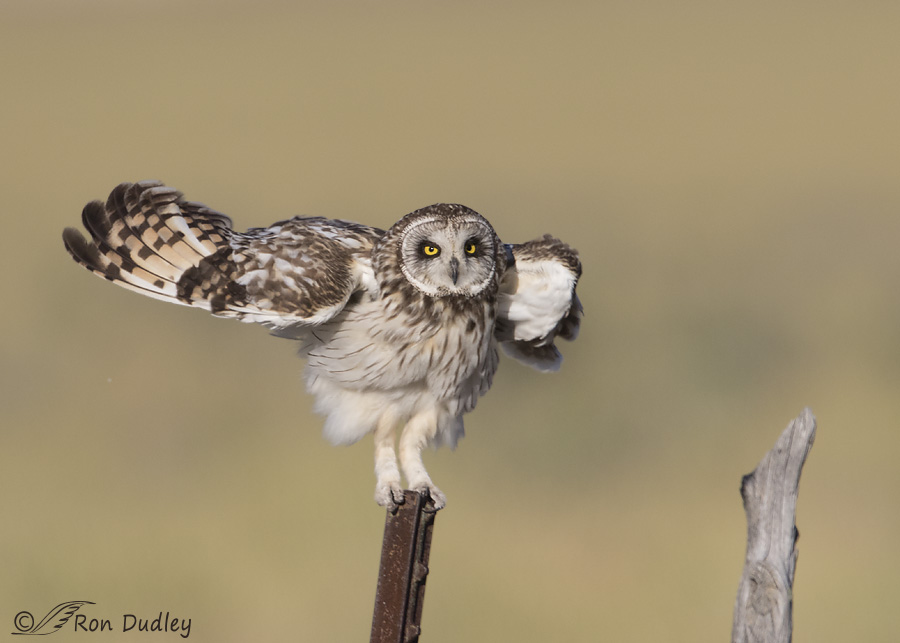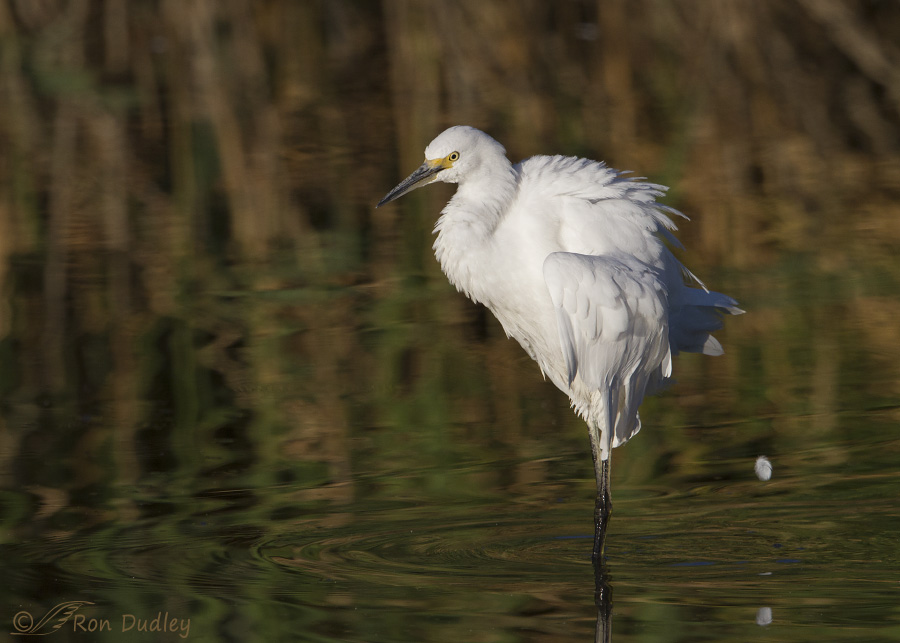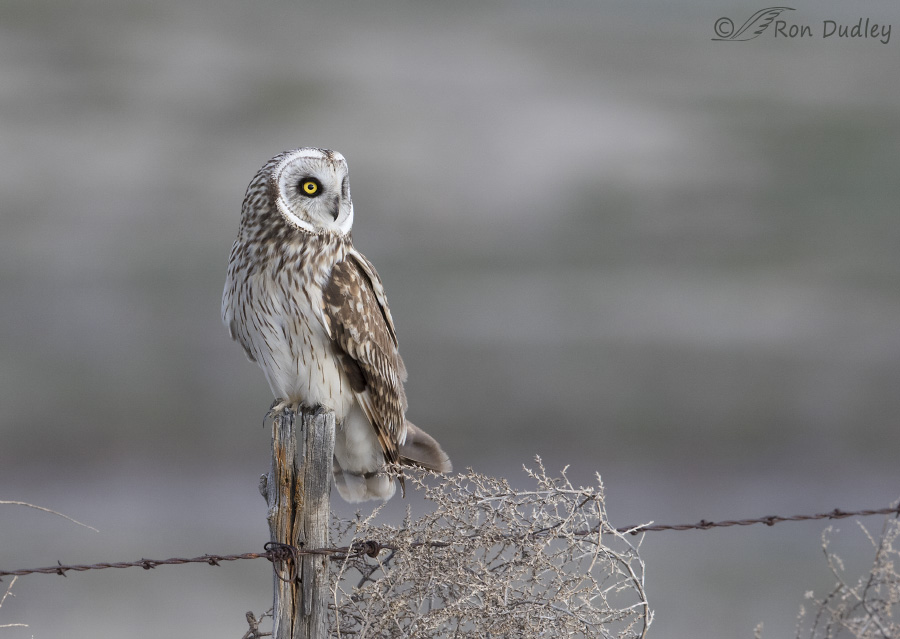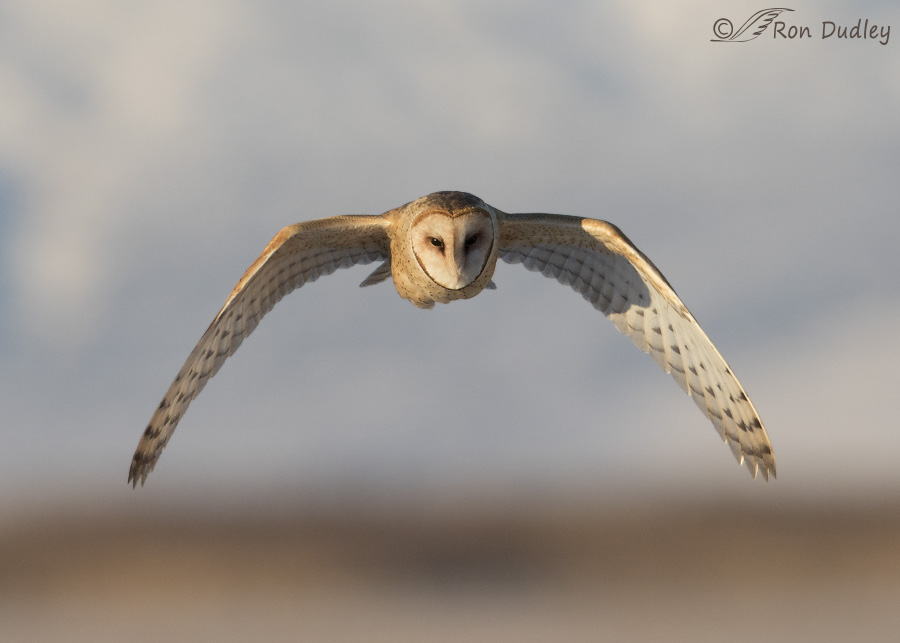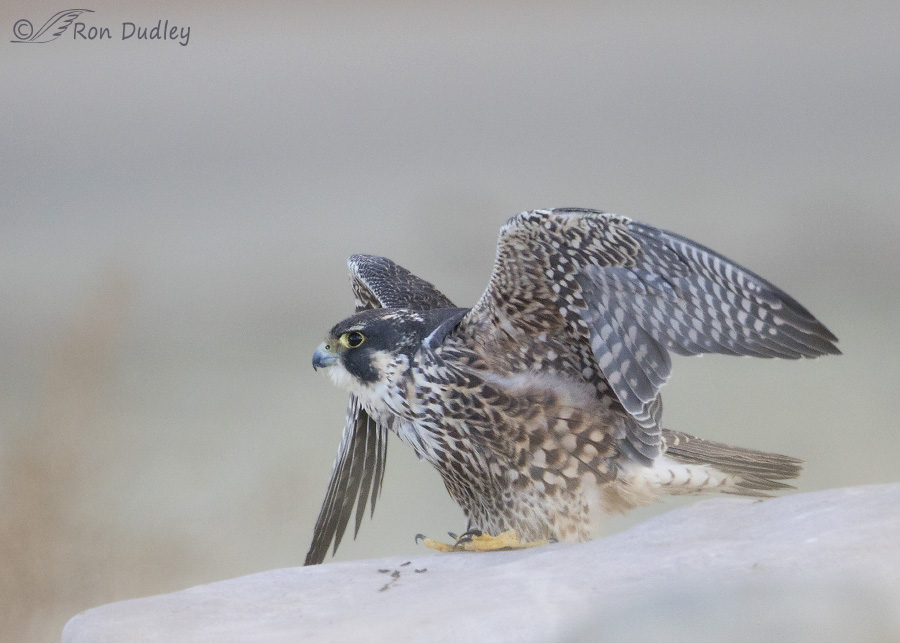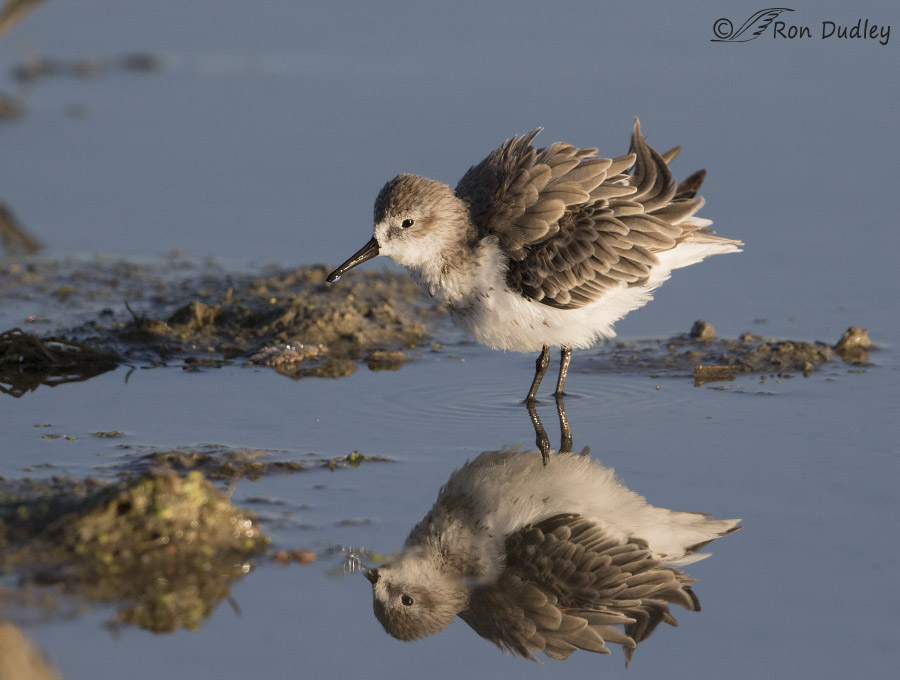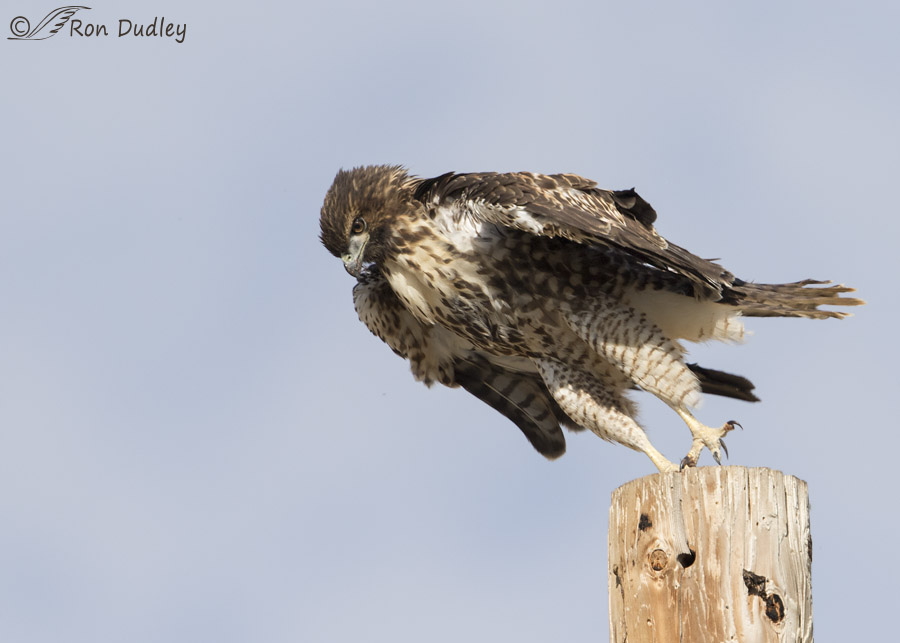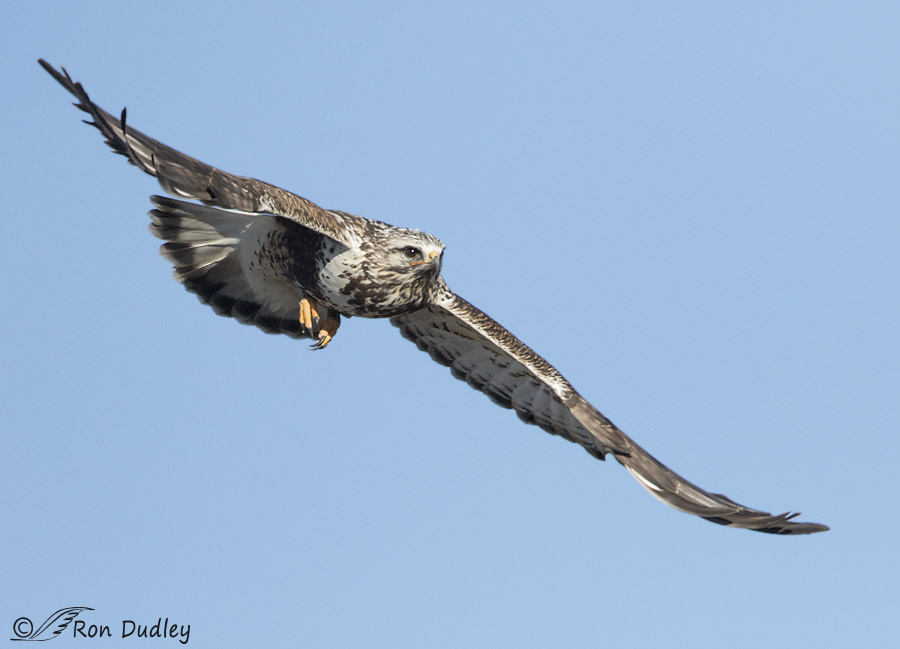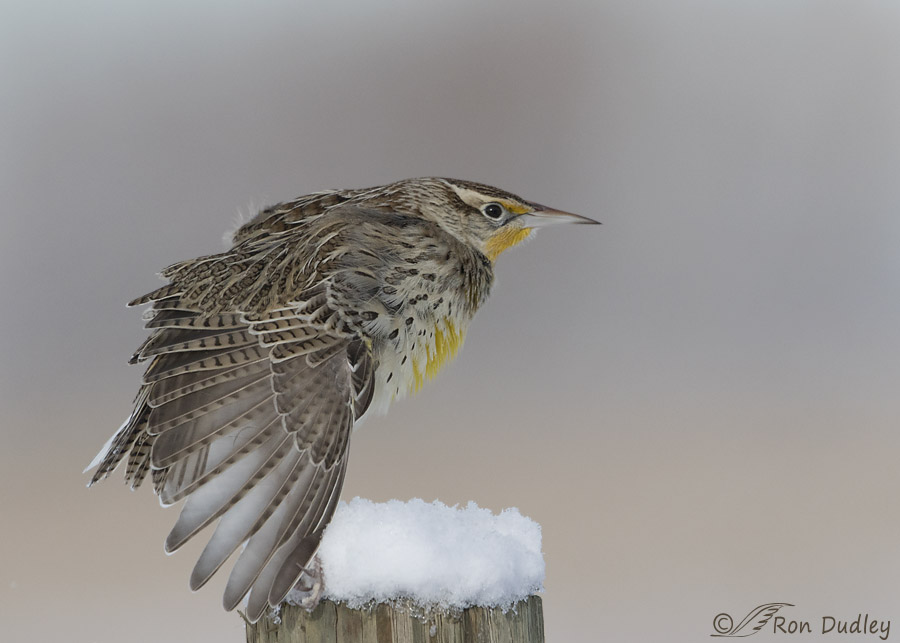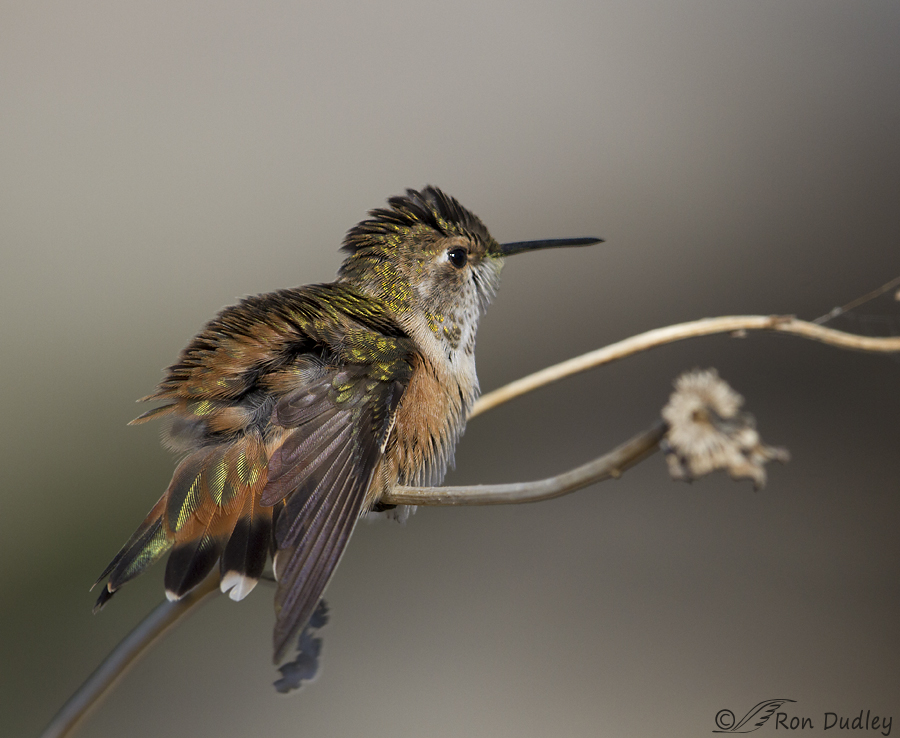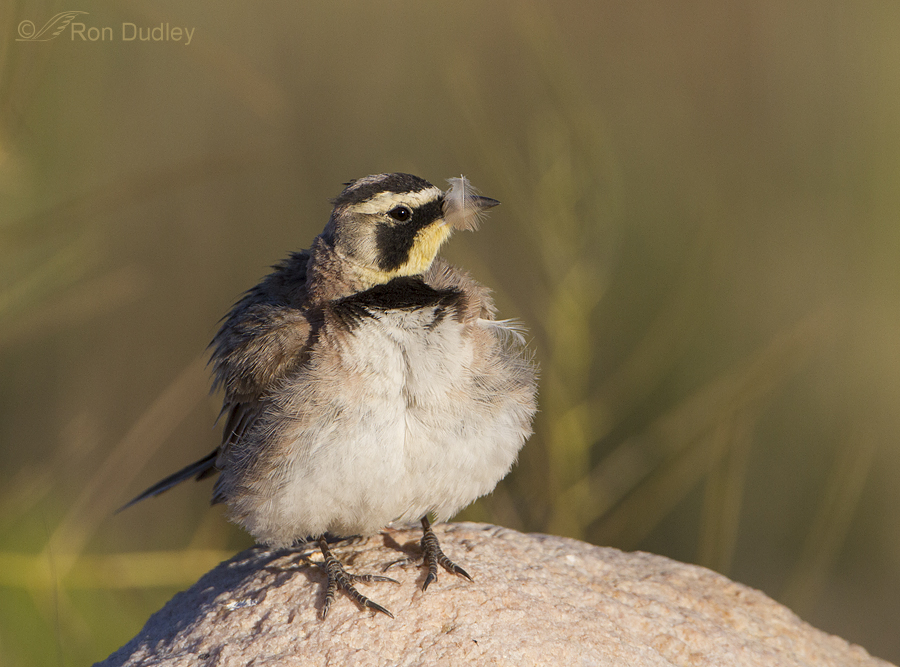Tag: rouse
A Rousing Short-eared Owl
Snowy Egret – How The “Little Things” Can Make Or Break A Shot
Rustic Scenes Of A Short-eared Owl In Cool Light
Bear River Barn Owl, Perched And In Flight
Juvenile Peregrine Falcon Along The Antelope Island Causeway
A Western Sandpiper, Shutter Speeds And Another Quirk Of Reflections
Red-tailed Hawk – A “Rousing” Take-off
Rough-legged Hawk Signaling Impending Take-off
Western Meadowlark Posing In The Snow
Barn Owl Looking Even Goofier Than Usual
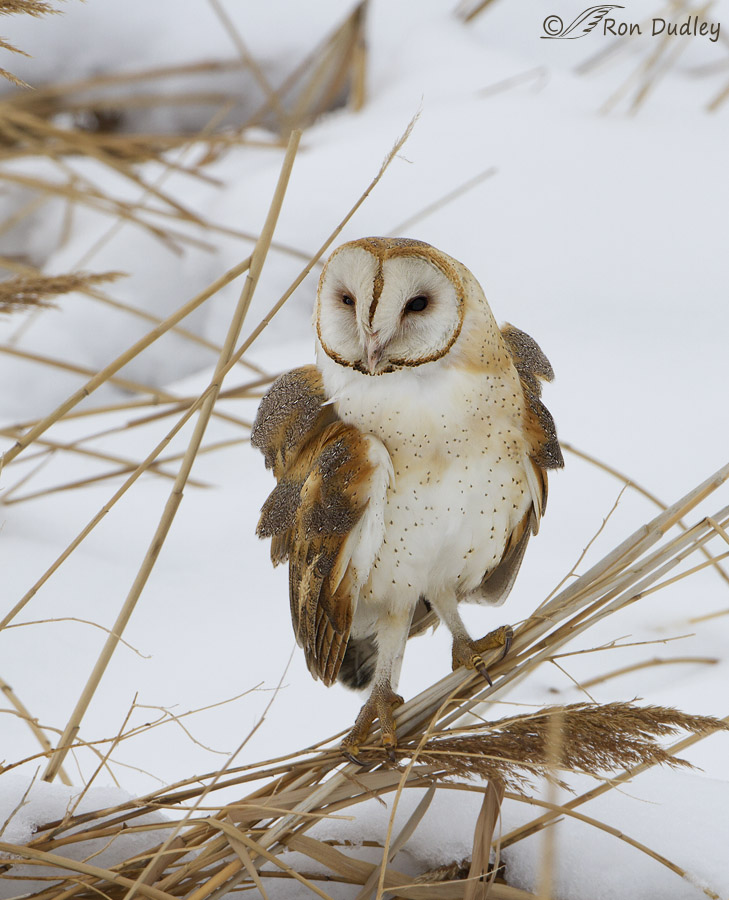
In my experience Barn Owls can look pretty goofy, even on a good day. With their conspicuous facial disc, small (for an owl) deeply set eyes and their long, ivory colored bill pointing almost straight down, they look, well… different. But I certainly don’t say that disparagingly. They’re magnificent birds and I love’m to bits.
Some Interesting Poses From A Rufous Hummingbird
Birds Befuddled By Stray Feathers
Plumage Development Stages Of Male Mountain Bluebirds
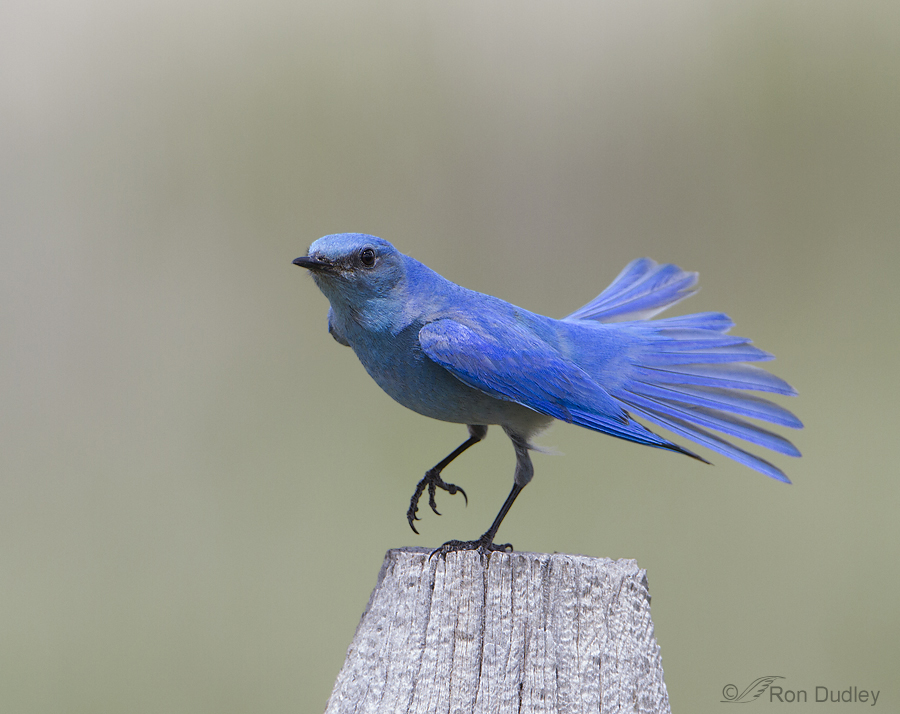
While photographing a juvenile male Mountain Bluebird in Montana last week I was struck by the interesting variation in color and patterns of the adult male in breeding plumage as compared to those of the juvenile male. I thought some viewers might be interested in a photographic comparison of some of their development stages.
Horned Larks
Horned Larks aren’t one of the “glamour species” for many, probably partly due to the fact that they’re so widespread and common. They’re found throughout most of North America and much of Eurasia. One of my scientific heroes, Carl (Carolus) Linnaeus, assigned the Latin name Eremophila alpestris (meaning “lark of the mountains”) to this bird, despite the fact that they commonly inhabit prairies, farmlands and deserts. These were the most common birds, by far, on the Montana farm where I grew up and they always bring back fond memories for me. Many folks think of them as just another “mostly brown little bird” but when you get close their colors and patterns really stand out. I really enjoy their soft, subtle call and have spent many hours watching them up close through my lens. These photos were taken on Antelope Island in the last few weeks. 1/1600, f/6.3, ISO 500, 500 f/4, 1.4 tc, natural light, not set up or called in The sexes are similar, though the colors of the males are more vivid and the namesake “horns” of the female are less evident than those of the male. This is the female. 1/1600, f/6.3, ISO 500, 500 f/4, 1.4 tc, natural light, not set up or called in She posed for me for quite a while before flying off. 1/2000, f/7.1, ISO 500, 500 f/4, 1.4 tc, natural light, not set up or called in This is the male, in a setting that shows more habitat. Often the black horns are laid back flat on…


